How to dye your hair roots at home?
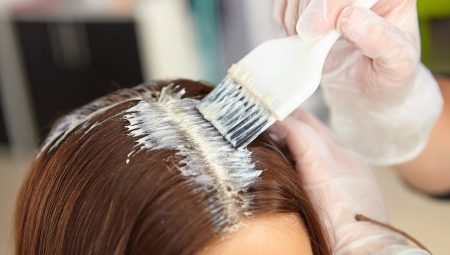
Owners of colored hair sooner or later face the problem of growing roots of natural color. In order to maintain a harmonious look, it is necessary to regularly paint them in a suitable shade.

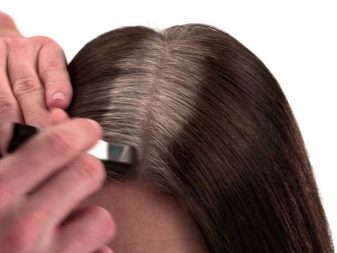
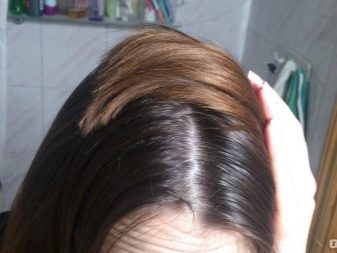
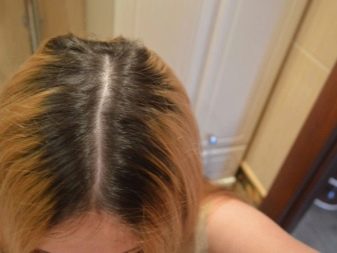
General principles of staining
Professionals recommend using the same dye for dyeing hair roots that was used to treat the total mass of hair. This will allow you to get the most natural result. If a different paint is used, then first it is worth testing for the occurrence of allergic reactions. This is done as follows: a small amount of paint is applied to the skin of the bend of the elbow, waiting for a while. If the skin starts to pinch, there is a burning sensation or other unpleasant manifestations, then it is not recommended to use this product. The check is carried out somewhere a couple of days before the painting. In principle, professionals recommend doing it just in case, even if this paint has already been used for hair treatment.
During staining, it is important to follow the instructions and not leave the product for longer. Failure to comply with this rule often leads to scalp burns. It is strictly forbidden to use metal containers for diluting paint: a reaction will occur, as a result of which an oxide will appear, due to which the shade may change.
In no case should you add third-party solutions to the dye, such as balms or shampoos: this will not only not enrich the composition, but also change the shade.
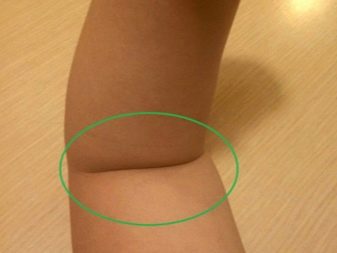

You need to paint over the roots as soon as the solution is ready.Hair should be dry, as wet strands are dyed worse. The dye should be washed off with warm water, as the use of too hot water can "result" in a change in the evenness of the paint. In the event of an unsatisfactory result, it is allowed to carry out the next coating no earlier than fourteen days later. In any case, a rather aggressive procedure should be accompanied by a recovery process, the essence of which is the intake of vitamin complexes and the use of strengthening care products.
If the color of the roots is only slightly different from the rest of the curls, professionals recommend taking paint that does not contain ammonia. She will quite cope with the task, but at the same time it will not harm the hair. When the goal is to paint dark roots and are likely to turn yellow, you can use 9% peroxide with the paint. Light curls are processed to a dark state with ordinary paint, the shade of which is "lower" by one position.
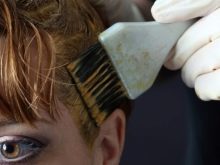
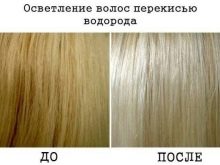
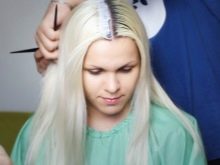
There is also a recommendation to carry out a complex of restorative procedures even before the start of staining. We are talking about moisturizing and nourishing the hair. For this purpose, you can use heated oil, applied along the entire length of the hair and left for an average of half an hour under a polyethylene cap. Alternatively, it can be homemade masks with essential oils, eggs and honey, or purchased with keratin in the composition. Pre-washing your hair is not welcome in a lightening situation, but it is quite allowed when curls are darkened.


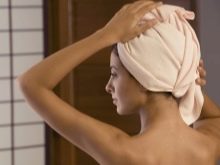
However, you should definitely rinse your hair if there are any styling products on it that, when interacting with the dye, can lead to an unexpected reaction.
Tools and materials
Basal coloring, as you might guess, requires the use of paint, the composition and shade of which will depend on the general appearance of the hair. For example, it is important to treat dark hair with a product that does not cause the appearance of yellowness. In addition, painting cannot be carried out without special tools: a special brush and a comb with a pointed end. You will also need a container for mixing the dye components and hairpins to fix the hair waiting to be processed.
With regards to paint, it is important to mention that experts advise purchasing a third-degree durability agent, and not tint dyes that are not able to cope with the task at hand. In addition, you should not try to save money by choosing cheap compositions from unverified companies. As a rule, such solutions contain too much ammonia, which will not only negatively affect the condition of the scalp and the strand itself, but can even affect the mucous membrane of the eyes. Experts also do not recommend buying samples with ammonia for women who are in position or breastfeeding.
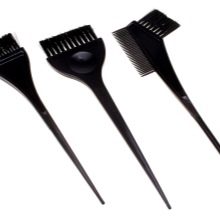


How to paint the roots at home?
To properly paint overgrown hair roots for yourself at home, you just need to follow the instructions, which, as a rule, are present inside the package. By the way, this should be done in a well-ventilated open space. The components of the solution in the specified ratio are stirred in a bowl either made of plastic or glass. Of course, you should protect your clothes with an old towel, plastic, or wear an old T-shirt or shirt. When staining yourself, be sure to wear gloves. To avoid staining the skin, the place of its junction with the hair should be smeared with a fat cream.
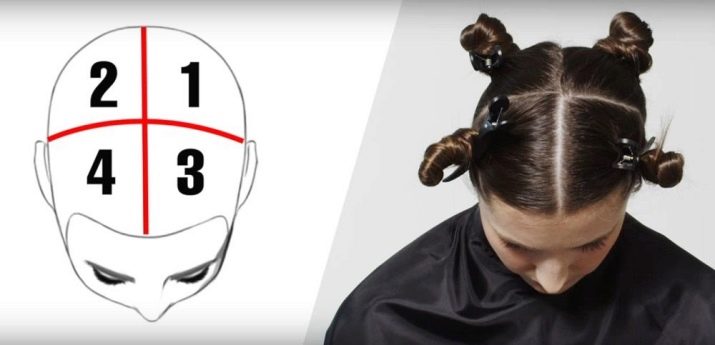
The hair is divided into four equal parts by even parting (horizontal and vertical): frontal, occiput and a pair of temporal. Each must be twisted with a flagella, and then fixed with hairpins.The dye is carefully applied to the root part of the hair in the back of the head, which will be colored for the maximum amount of time due to the reduced temperature. Having unfastened the hairpin, the curl will have to be divided into several strands using a comb or the tip of a brush. Then, when using the tool, the paint is evenly distributed along the length of the hair.
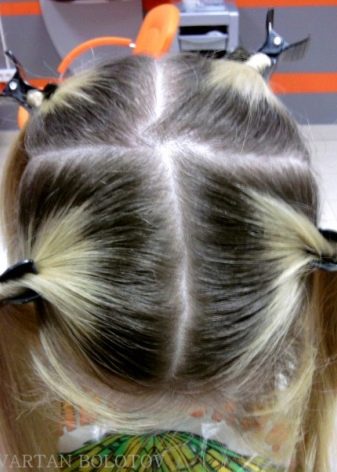

Having processed the back of the head, you can go to the forehead. If the paint gets on the skin, then it can be immediately removed with a cotton swab soaked in water. Painting the forehead and short strands of temples is carried out last, since the hair here dries rapidly and changes color. In general, painting the entire head should be kept within 20 minutes, otherwise the shade of the entire head of hair will be uneven as a result. Having combed your hair up and putting it in a polyethylene hat, it's time to bide the time, as a rule, indicated on the instructions.
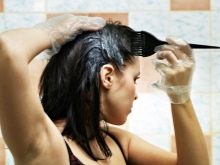

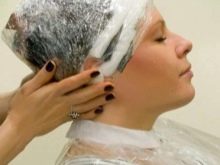
If no information is available, then half an hour will be enough. Experts also believe that if the natural curl is darker than the colored one, the processing time should be maximized. If the situation is the opposite, then the lower minimum border should be adhered to.
The hair is then combed, waiting another ten minutes. In a situation where a perm was previously done, the time indicated in the instructions is reduced by twenty minutes. Finally, it's time to rinse the curls - it is better to do this several times. With a small volume of liquid, the paint is foamed, and then washed off with a stream of water. The use of any strengthening agent, such as a balm, is immediately allowed. In most cases, this product is already in the dye package. It is better to dry your head naturally, since the additional effect of the hair dryer on the weakened curls will negatively affect their condition: the strands will dry out and become more brittle.
In some cases, only root staining is sufficient, without "stretching" the color. This is typical for situations where no more than a month has passed after the initial processing, and high-quality paint was also used. Having covered the roots, it will be enough to comb the hair well, and there will be no noticeable difference between the individual parts of the hair. If the color of the curls has ceased to suit over the past 30 days, then it is better to refresh the entire hairstyle: after finishing with the roots, "stretch" the paint along the entire length, or even use a new portion of the solution.
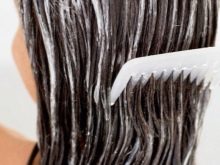
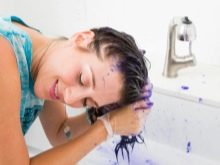

Advice
If gray roots grow with a general color in a blonde shade, then it is recommended to treat them with a dye that is a couple of tones lighter than the existing one. It is not recommended to use ash dyes, as they most often create an accent on graying strands, which would be good to hide. The tool used must contain ammonia, since the absence of this element will lead to incomplete painting of gray hair. It is best to use a six percent solution from trusted manufacturers.
It is important to mention that a high concentration is usually used for discoloration, so it should not be used.
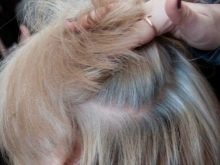
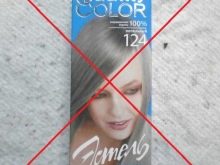
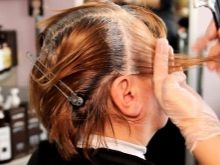
Fair-haired ladies will have to paint over their gray hair in the same way. However, for a harmonious look, it is better to combine the dye of the selected color with a natural light brown tone. For dark-haired women, it will be enough to use the usual professional black paint. Before dyeing, gray hairs will have to undergo a co-washing procedure, the essence of which is washing with a balm that does not contain silicones, without adding shampoo. Since gray hair is dry and has a low level of pigment absorption, it will have to be pre-moistened and nourished.
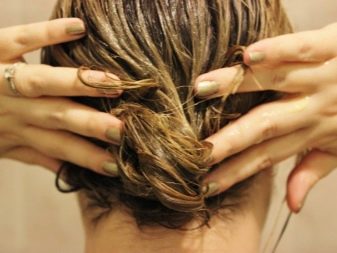
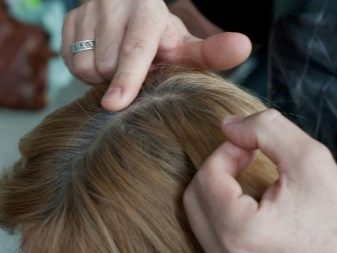
By the way, coloring the roots can be replaced by highlighting the root zone. Its essence lies in uniform lightening, which does not affect the bulk of the hair.Carrying out this procedure at home does not require much effort - just stock up on high-quality paint and strips of foil.
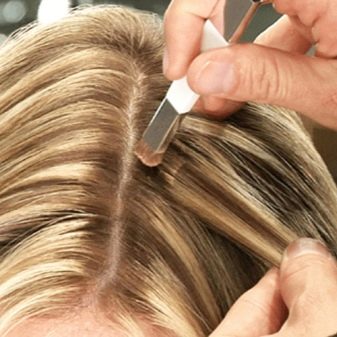
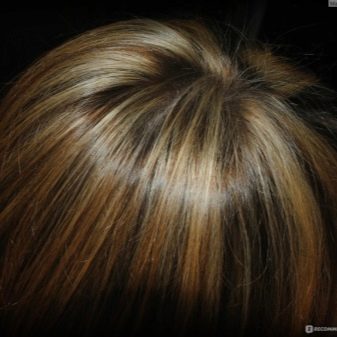
For information on how to dye hair roots at home, see the next video.








